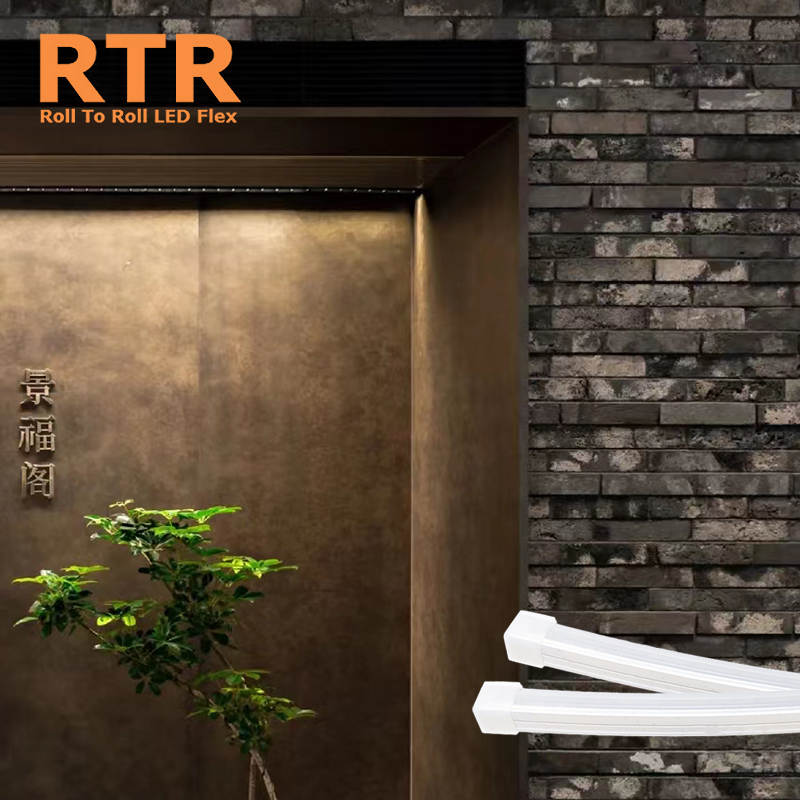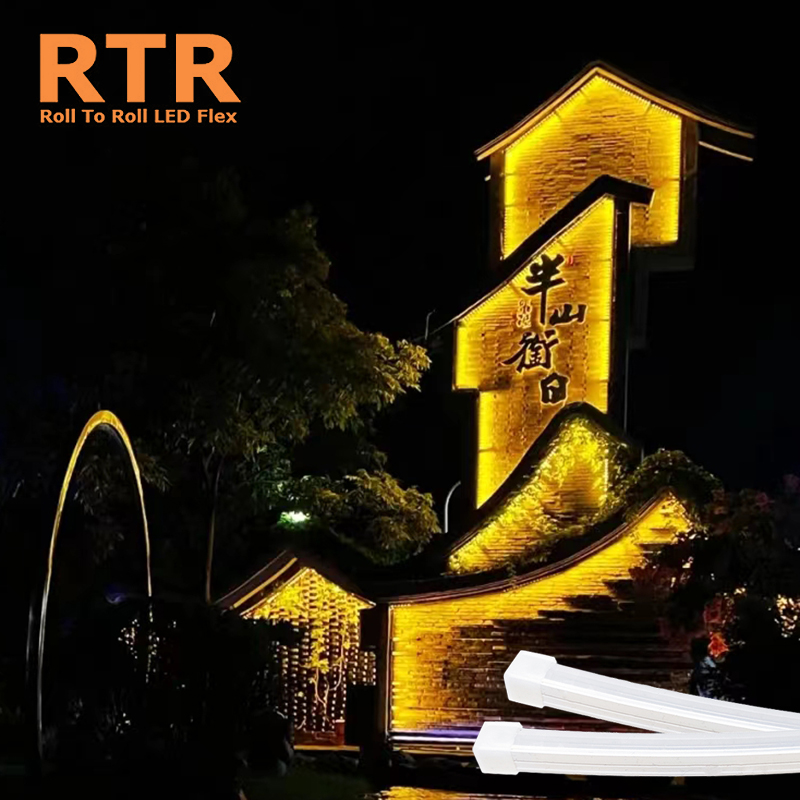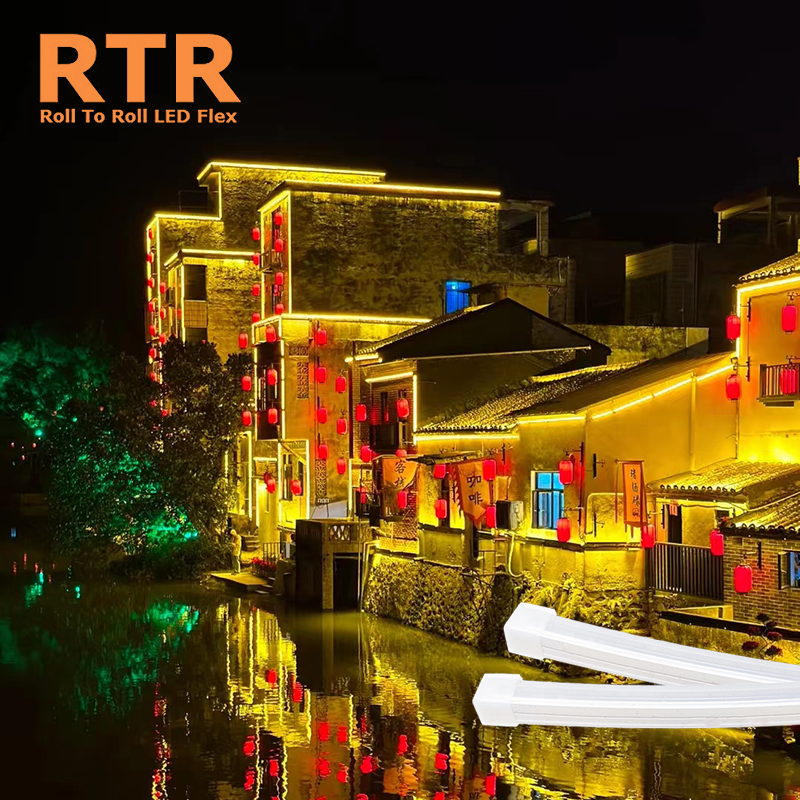Introduction
The combination of washing walls and lighting has always been an important aspect of architectural design. With the development of technology, the use of lighting has become more diverse, allowing for a greater range of artistic expression. In this paper, we will explore the clever combination of washing walls and lighting and how angle of projection enhances visual effect.

The Importance of Washing Walls and Lighting
Washing walls and lighting are two crucial components of architectural design. Washing walls involves using light to illuminate the surface of a wall, creating a uniform and smooth appearance, while lighting is used to enhance the overall atmosphere and mood of a space. When combined, they can create a dynamic and visually stimulating effect.
The Role of Angle of Projection
The angle of projection is a critical factor in the combination of washing walls and lighting. By adjusting the angle of projection, designers can create different visual effects. A low angle of projection can create a sense of depth and drama, while a high angle of projection can create a sense of height and grandeur. Careful consideration of the angle of projection can result in a unique and visually striking design.
Techniques for Combining Washing Walls and Lighting
Designers can use several techniques to combine washing walls and lighting effectively. One technique is to use color to enhance the visual effect. By using different colors of light, designers can create a dynamic and visually appealing design. Warm colors such as red and orange can create a sense of warmth and intimacy, while cool colors such as blue and green cancreate a sense of calmness and relaxation.
Another technique is to use contrast to create a striking visual effect. By illuminating certain areas of the wall and leaving others in shadow, designers can create a sense of depth and dimension. This technique is particularly effective when used in conjunction with the angle of projection.
The use of texture is also an important technique for combining washing walls and lighting. By illuminating the textured surface of a wall, designers can create a three-dimensional effect that adds depth and visual interest to the design.

Advanced Techniques for Combining Washing Walls and Lighting
In addition to the aforementioned techniques, there are several advanced techniques that designers can use to create even more striking designs. One such technique is the use of dynamic lighting. Dynamic lighting involves using lighting that changes color, intensity, or direction over time, creating an ever-changing visual experience.
Another advanced technique is the use of interactive lighting. Interactive lighting involves using sensors or other technology to allow occupants to control the lighting in a space. This technique can create a more personalized and engaging experience for occupants.
The use of projection mapping is another advanced technique that can be used to combine washing walls and lighting. Projection mapping involves projecting images or videos onto a wall, creating a dynamic and immersive visual experience.

Case Studies
To illustrate the effectiveness of the combination of washing walls and lighting, we will examine two case studies. The first case study is the Guggenheim Museum Bilbao in Spain. The use of washing walls and lighting in this design createsa sense of movement and fluidity, in keeping with the building’s function as a museum of modern and contemporary art. The use of warm colors and the angle of projection create a sense of intimacy and warmth, while the contrast between the illuminated and shadowed areas of the wall adds depth and dimension to the design.
The second case study is the Beijing National Aquatics Center, also known as the Water Cube. The use of washing walls and lighting in this design creates a sense of vibrancy and excitement, in keeping with the building’s function as an Olympic swimming venue. The use of dynamic lighting and projection mapping creates an immersive and visually stunning experience for occupants.
Conclusion
In conclusion, the clever combination of washing walls and lighting, along with careful consideration of the angle of projection, can greatly enhance the visual effect of architectural design. By using techniques such as color, contrast, and texture, designers can create a unique and visually striking design. Advanced techniques such as dynamic lighting, interactive lighting, and projection mapping can take this combination to the next level, creating even more immersive and engaging experiences. The case studies of the Guggenheim Museum Bilbao and the Beijing National Aquatics Center demonstrate the effectiveness of this combination in creating designs that are both functional and visually appealing.
